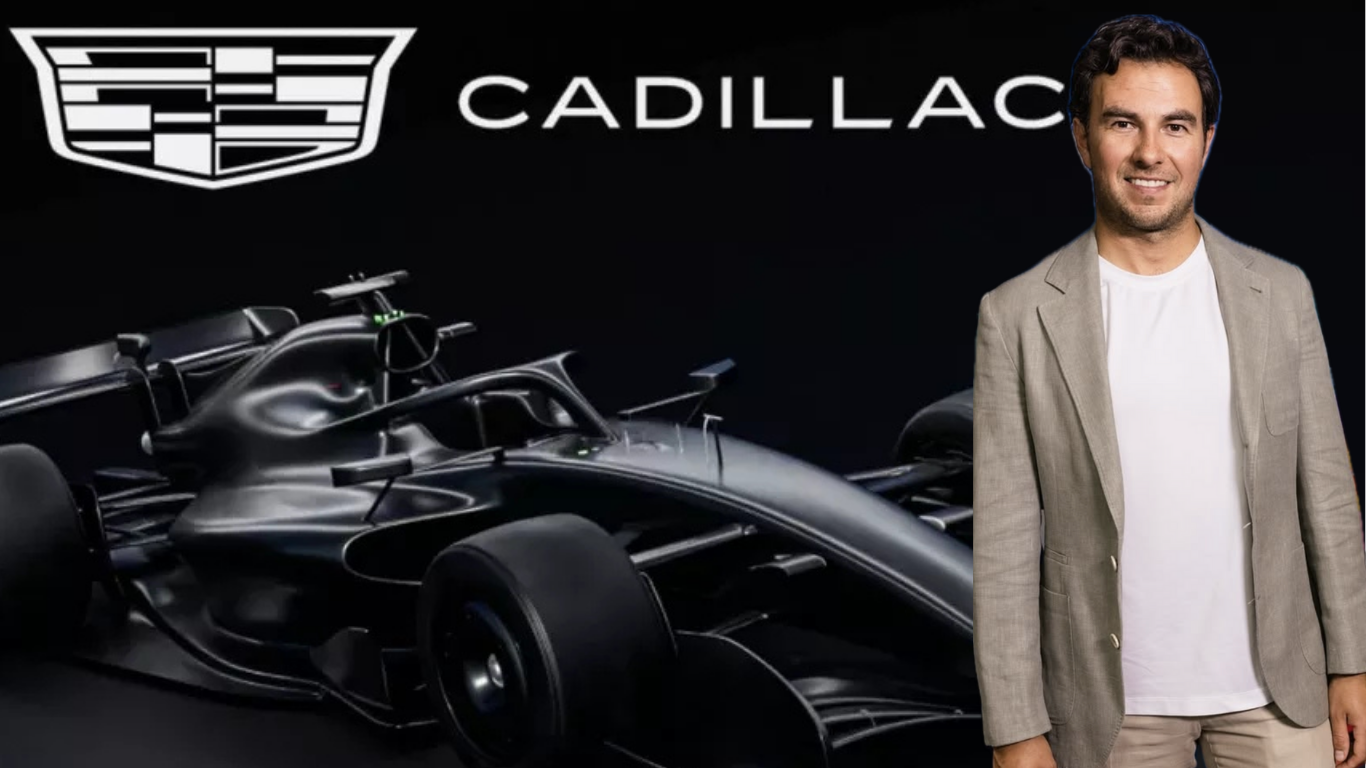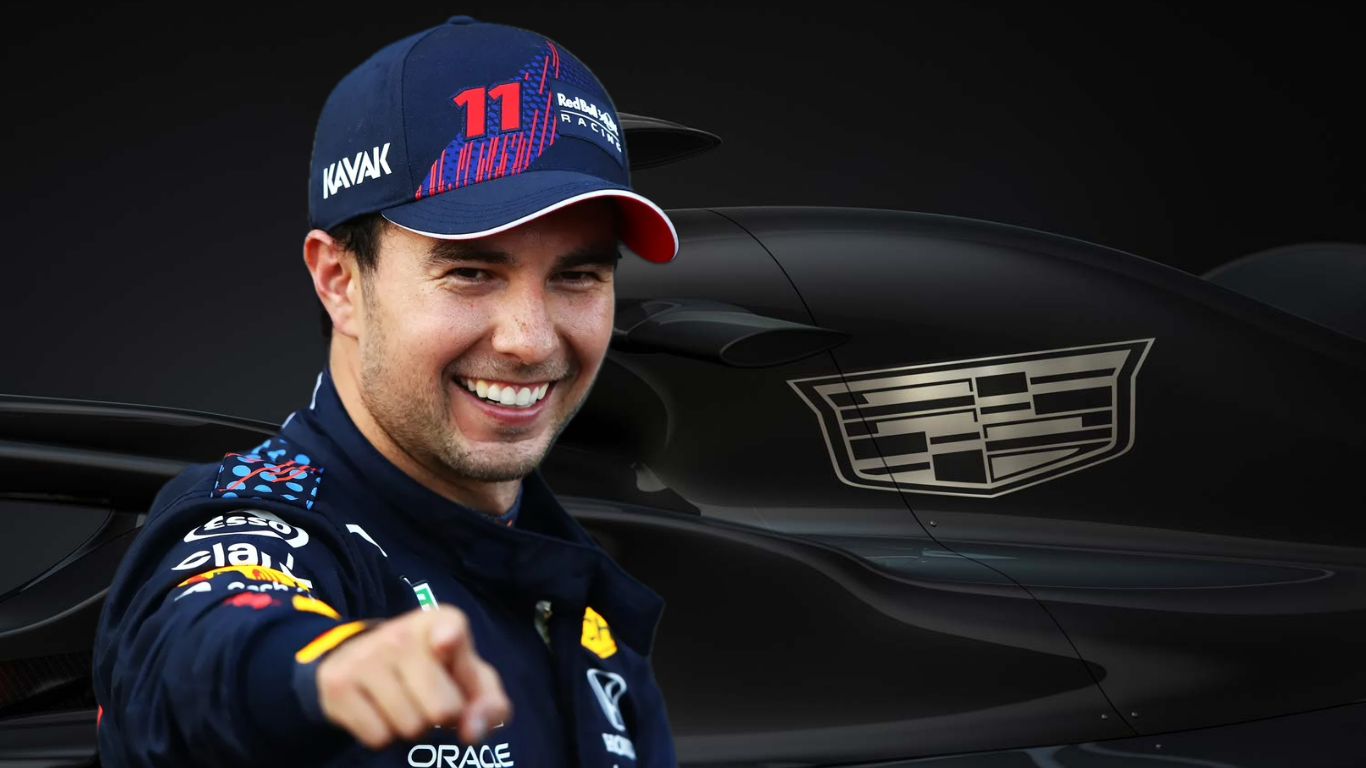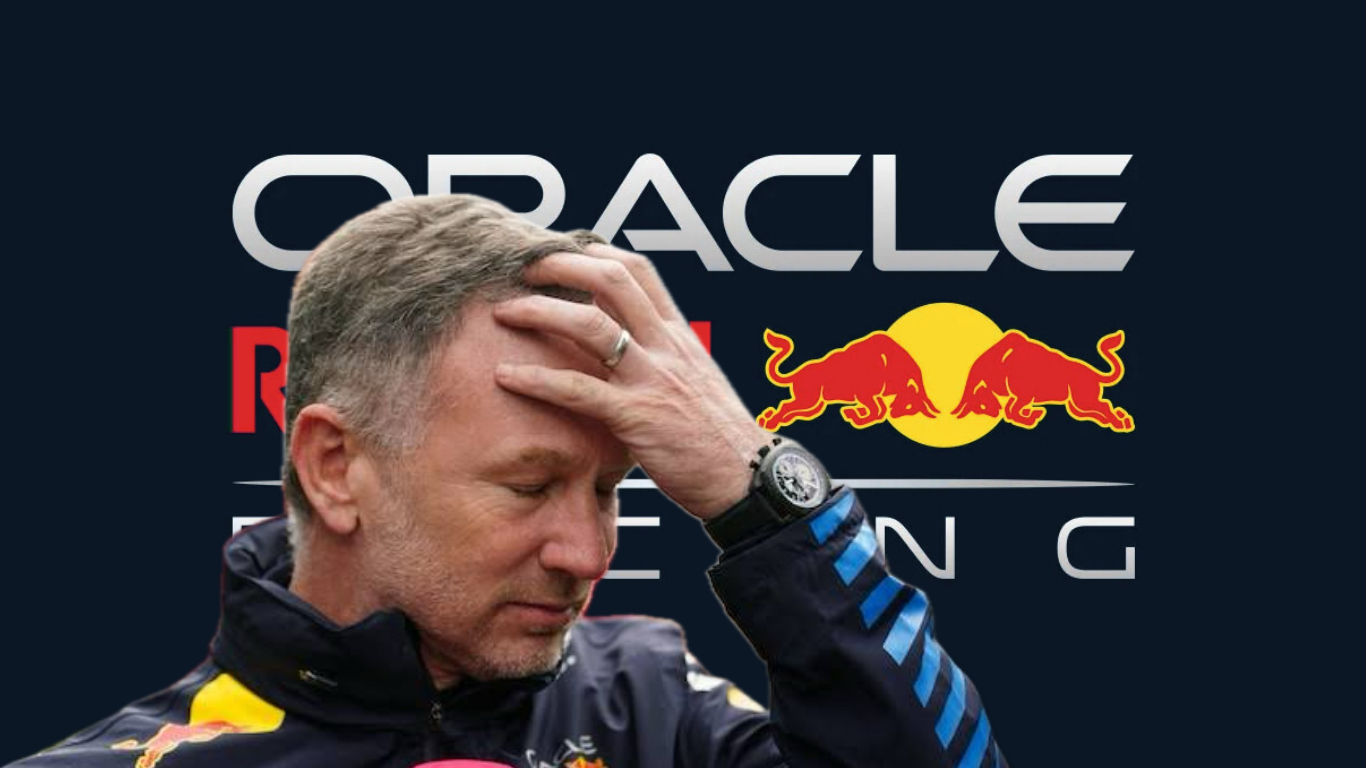- Home >
- Motorsports >
- Formula 1 >
- Hamilton Vows to Have ‘His DNA’ in Ferrari’s 2026 Car After Uncomfortable Debut Season
Hamilton Vows to Have ‘His DNA’ in Ferrari’s 2026 Car After Uncomfortable Debut Season
Lewis Hamilton’s first season in Ferrari red has not matched the fanfare and optimism that greeted his blockbuster move from Mercedes.
Twelve races in, the seven-time world champion has yet to stand on the podium, finding himself consistently outpaced by Charles Leclerc, who has notched four top-three finishes and sits ahead in the standings.
While a series of midseason upgrades have marginally improved the SF-25’s competitiveness, Hamilton remains vocal about his difficulties adapting to the car’s fundamental characteristics—a balance and handling package markedly different from what he thrived with at Mercedes.
Hamilton, now 40, has openly acknowledged that the transition has forced him to migrate closer to Leclerc’s established setup preferences, effectively conceding his own attempts at alternate directions have failed to resolve recurring comfort and drivability issues.
“It’s still tough. It’s a tough balance to drive and it’s not a comfortable one. It’s not one that I want to have in future,” Hamilton admitted around the British Grand Prix weekend.
Building a Ferrari With Hamilton’s DNA
With Ferrari’s 2025 title ambitions already fading, Hamilton and the team are turning substantial attention toward what comes next: the 2026 challenger, which will be born under sweeping new Formula 1 technical regulations.
Crucially, Hamilton is determined to infuse “some of my DNA” into the design and direction of this new car, working closely with chassis technical director Loic Serra and the design department.
The Briton believes his own driving style and technical preferences—honed over years of championship-winning success—can offer the team a fresh blueprint, particularly in areas such as chassis balance, steering feel, and adaptability in changing conditions. He has stressed the need to eliminate what he sees as “unwelcome characteristics” in the current SF-25, aiming to shape a car that is both fast and drivable from the outset.
Hamilton’s collaborative push comes as part of a broader reset at Maranello, with the team eager to capitalize on the lessons gleaned from a challenging 2025 campaign.
He insists that, having identified and explained to Ferrari “what I don’t want built into next year’s car,” he is optimistic the 2026 project will better reflect his strengths—a vital step as both team and driver pursue renewed championship relevance.
Looking Forward Amid Silverstone Progress
Despite a lack of podium results, Hamilton’s recent fourth-place finish at Silverstone marked the second straight race where his pace tracked closely with Leclerc’s, highlighting incremental progress as the team unlocks more potential from the SF-25.
For Hamilton, shaping Ferrari’s 2026 car is about more than technical input—it is an attempt to stamp his legacy on F1’s most storied team at a pivotal crossroads.
“I’m working with all the guys at the factory to make sure that the next car will have some of my DNA in it,” he said. “And hopefully we’ll be able to get some of the characteristics that I’m hoping to have in it next year.”






















